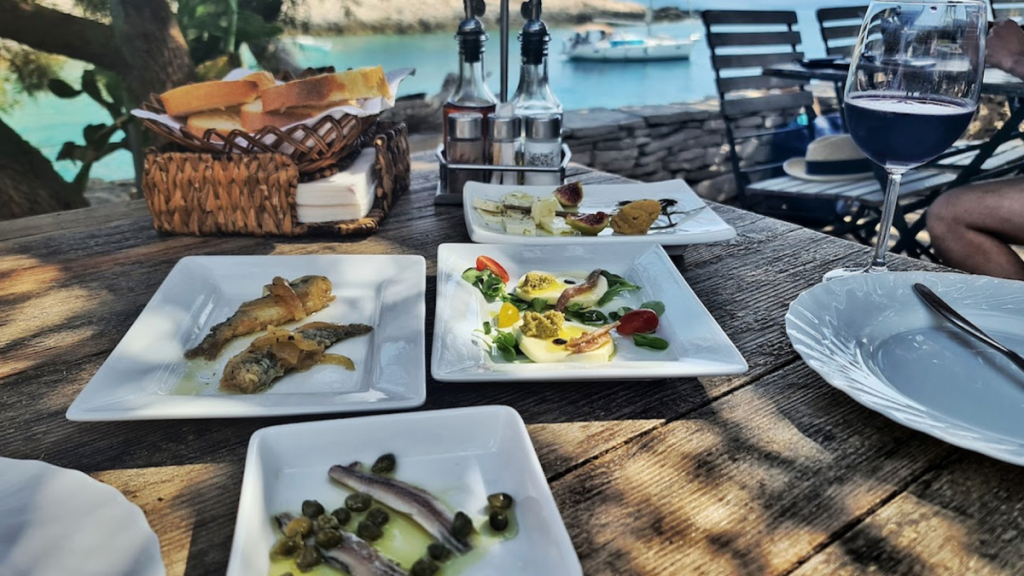Shrimp, with their delicate flavors and versatile culinary applications, have found their way into the heart of global cuisines. Whether it’s the spicy tang of a shrimp curry, the comforting warmth of shrimp gumbo, or the refreshing bite of a shrimp cocktail, each dish has a story, a history, and a journey.
And while we often focus on the final product — the delicious meal in front of us — understanding the path taken by these little swimmers can give us a deeper appreciation of the dish and the efforts behind it.
In this article, we’re not just exploring a seafood favorite; we’re embarking on a global adventure.
Origins of Shrimp Farming
Shrimp farming’s tale begins in ancient times. Across various civilizations, shrimp has been a beloved seafood. From ancient Egyptians to Asian dynasties, people have appreciated its unique flavor and texture.
Why Shrimp?
But what makes shrimp so special? Well, they’re not only tasty but also packed with protein, low in fat, and rich in vitamins. It’s no wonder they’re a global favorite!
The Shrimp Lifecycle
Understanding shrimp’s life cycle can give us better insight into their culinary journey.
Birth to Adulthood
From tiny hatchlings to mature adults, shrimp undergo numerous changes. They start as minuscule eggs, developing into larvae, then post-larvae, juveniles, and finally, the adults we consume.
This transformation, mesmerizing in its beauty, can span several months.
Threats and Conservation
But it’s not all smooth sailing. Shrimp face threats like overfishing, pollution, and habitat loss. Sustainable fishing practices are now more crucial than ever.
The next time you enjoy a shrimp dish, consider its origin: is it sustainably sourced?
Harvesting Techniques
How we bring these crustaceans from the deep blue to our tables has evolved over time.
Traditional Methods
Historically, shrimp were caught using small nets and traps. Fishermen would often employ simple tools and local knowledge, relying heavily on the moon cycle and tides.
Modern Techniques
In the age of technology, we’ve optimized shrimp farming. With aquaculture, we can now farm vast amounts of shrimp in controlled environments. However, with great power comes great responsibility. Balancing demand and environmental concerns is a delicate dance.
The Global Journey
Shrimp’s global footprint is vast. Their delightful taste has traversed continents.
Shrimp in Asia
In places like Thailand and Vietnam, shrimp are a staple. Whether it’s in a spicy tom yum soup or a fresh spring roll, shrimp’s presence is undeniable.
Shrimp in Europe
Europeans have their shrimp love affair too. Think of Spanish tapas or Italian scampi. Mouth-watering, right?
Shrimp in North America
From shrimp gumbo in the South to shrimp tacos in California, North America has embraced the shrimp in all its glory.
Shrimp in South America
Brazilian shrimp stews and Peruvian ceviches? Yes, please! South America knows how to make shrimp shine.
Cooking and Preparing Shrimp
The road from raw shrimp to culinary delight requires some finesse.
The Art of Deveining
Deveining shrimp is an art. It involves removing the digestive tract, ensuring a clean, pleasant bite. A little tricky, but oh so worth it!
Culinary Techniques
Whether you’re grilling, frying, boiling, or eating raw shrimp, each method imparts its unique flair to the shrimp. The secret? It’s all in the seasoning and timing.
Conclusion
From their humble beginnings in the ocean to their grand journey across global cuisines, shrimp have enchanted our palates. Their tale, intertwined with human history and culinary evolution, is a testament to our shared love for food.
So, next time you bite into that juicy shrimp, remember its rich journey, and bon appétit!




